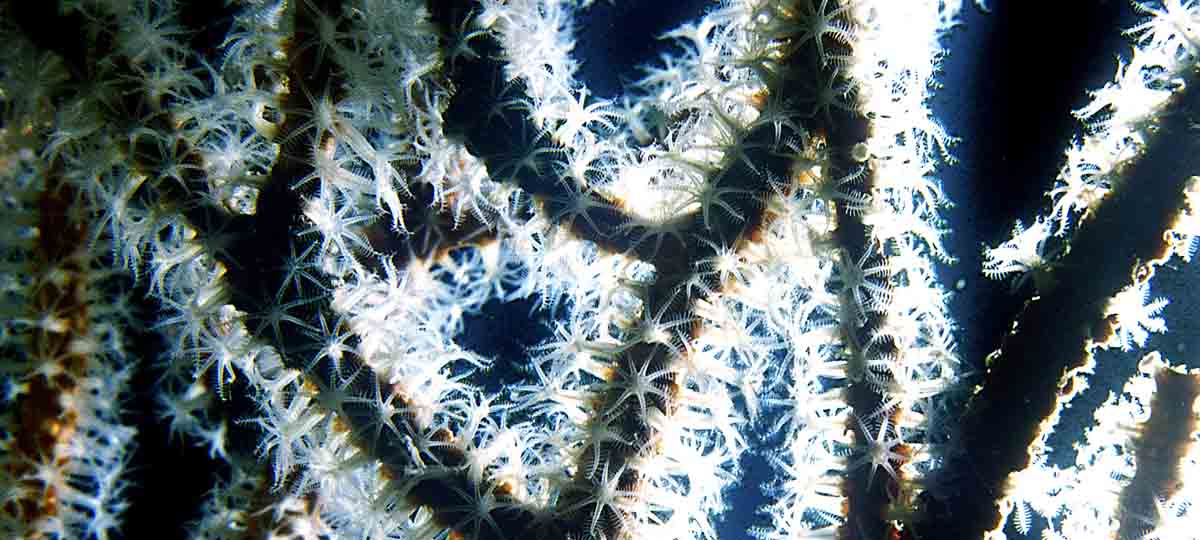Author / Editor: Stéfani Novoa, Guillem Chust, Yolanda Sagarminaga, Marta Revilla, Javier Franco, Victoriano Valencia and Ángel Borja (AZTI-Tecnalia)
Year: 2012
Content: Understanding the response of chlorophyll-a (as a proxy for phytoplankton biomass) to both anthropogenic pressures and natural factors is important for water quality assessment purposes and for the management of biological resources. In the Basque coastal area, discharges produced by the Adour and Nervión rivers (south-eastern part of the Bay of Biscay) have been proven to reach up to 15-20 km off the coast. The first objective of this study was to describe the spatial and temporal variability of chlorophyll-a in the Basque coast and the Bay of Biscay, in relation to river discharges at a daily, seasonal and inter-annual scale using MODIS images acquired between 2005 and 2010. The second objective was to offer a synoptic description of the spatio-temporal variability of chlorophyll-a in the entire Bay of Biscay, using multivariate statistical methods and satellite imagery. The results indicate that seasonal chlorophyll-a cycle is slightly different in coastal areas affected by the Adour and the Nervión river waters, compared to offshore waters. The spring chlorophyll-a peak in March in offshore waters shifts to May in the Adour nearby area Nervión. The multivariate statistical analysis highlights the influence of river discharges in the spatial variability of chlorophyll-a in coastal areas of the bay. The Spanish and French Basque coastal waters are differentiated in terms of chlorophyll-a concentrations levels reached, river regimes and morphology of the continental shelf. Statistical and indicator maps have been created to represent the main components of chlorophyll-a variability in the area of study. They confirm that, at present, phytoplankton is at good status and eutrophication risk is low in the Basque coastal waters. These maps may provide water quality indicators in a continuous spatial distribution in the area and may be used for the selection of water quality stations as a function of the dynamics of the water masses characterised.
Contact: biblioteca@azti.es
Download document: RIM19_5 (8.95 MB)


